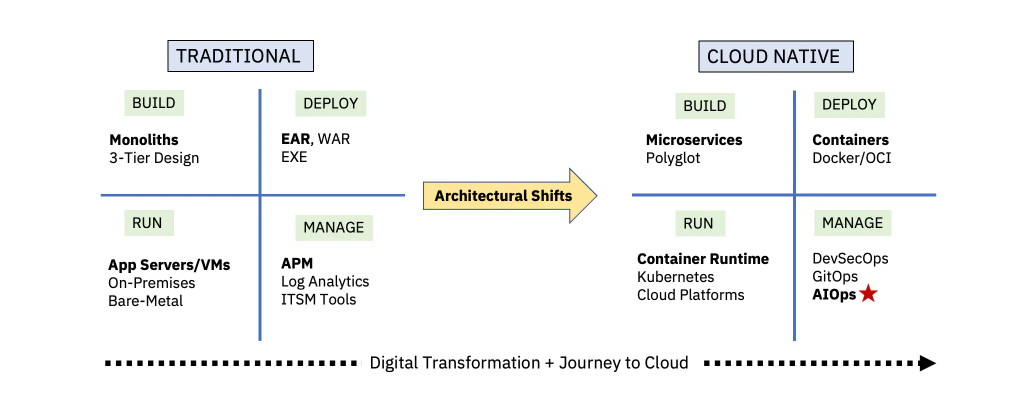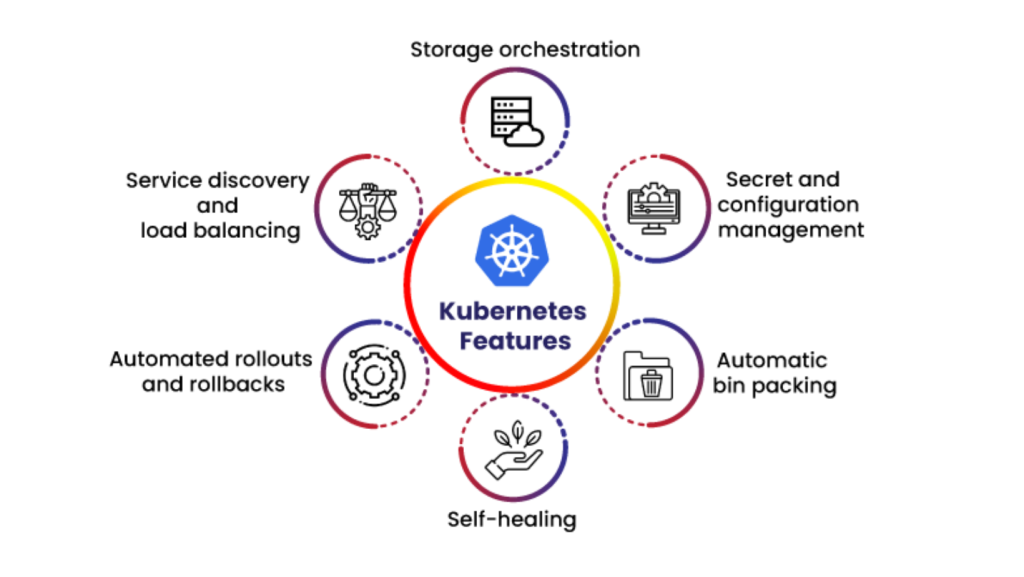
Are you looking to streamline your IT operations and improve your business efficiency? If so, then implementing AiOps using Kubernetes might be the solution you need. In this article, we will explore what AiOps and Kubernetes are, what benefits they offer, and how to implement AiOps using Kubernetes.
What is AiOps?
AiOps stands for Artificial Intelligence for IT Operations. It is a process of using AI and machine learning techniques to automate and enhance IT operations. AiOps helps IT teams to identify and solve problems faster, reduce downtime, and improve overall business efficiency. By leveraging advanced analytics and automation, AiOps can help you better manage and optimize your IT infrastructure.
What is Kubernetes?
Kubernetes is an open-source container orchestration system that helps automate the deployment, scaling, and management of containerized applications. Kubernetes provides a platform for managing and scaling containerized workloads across multiple nodes and clusters. It enables developers to focus on writing code while taking care of the underlying infrastructure.
Benefits of AiOps using Kubernetes
Implementing AiOps using Kubernetes can provide several benefits, including:

1. Increased Efficiency
By automating routine tasks and processes, AiOps using Kubernetes can help improve your IT team’s efficiency. This means that your team can focus on more strategic tasks, such as identifying and solving complex issues.
2. Improved Scalability
Kubernetes provides a platform for managing and scaling containerized applications. By leveraging Kubernetes, you can quickly scale your applications up or down to meet changing business demands.
3. Enhanced Reliability
Kubernetes provides features such as self-healing and auto-scaling, which can help ensure that your applications are always available and running smoothly.
4. Better Resource Utilization
Kubernetes enables you to optimize the resource utilization of your IT infrastructure. By leveraging Kubernetes, you can reduce wastage and ensure that your resources are being used effectively.
How to Implement AiOps using Kubernetes
Implementing AiOps using Kubernetes involves the following steps:

1. Define the Problem
The first step in implementing AiOps using Kubernetes is to define the problem you are trying to solve. This could be anything from reducing downtime to improving application performance.
2. Collect Data
Once you have defined the problem, the next step is to collect data. This could involve collecting data from various sources, such as logs, metrics, and events.
3. Analyze Data
After collecting the data, the next step is to analyze it. This involves using machine learning algorithms and techniques to identify patterns and anomalies in the data.
4. Implement Automation
Once you have analyzed the data, the next step is to implement automation. This could involve automating routine tasks, such as restarting a failed application or scaling up an application in response to increased demand.
5. Monitor and Refine
After implementing automation, the final step is to monitor and refine your AiOps using Kubernetes implementation. This involves monitoring the performance of your IT infrastructure and making adjustments to improve efficiency and reliability.
Conclusion
Implementing AiOps using Kubernetes can help you streamline your IT operations and improve your business efficiency. By leveraging advanced analytics and automation, you can quickly identify and solve problems, reduce downtime, and optimize resource utilization. By following the steps outlined in this article, you can implement AiOps using Kubernetes and take your IT operations to the next level.
